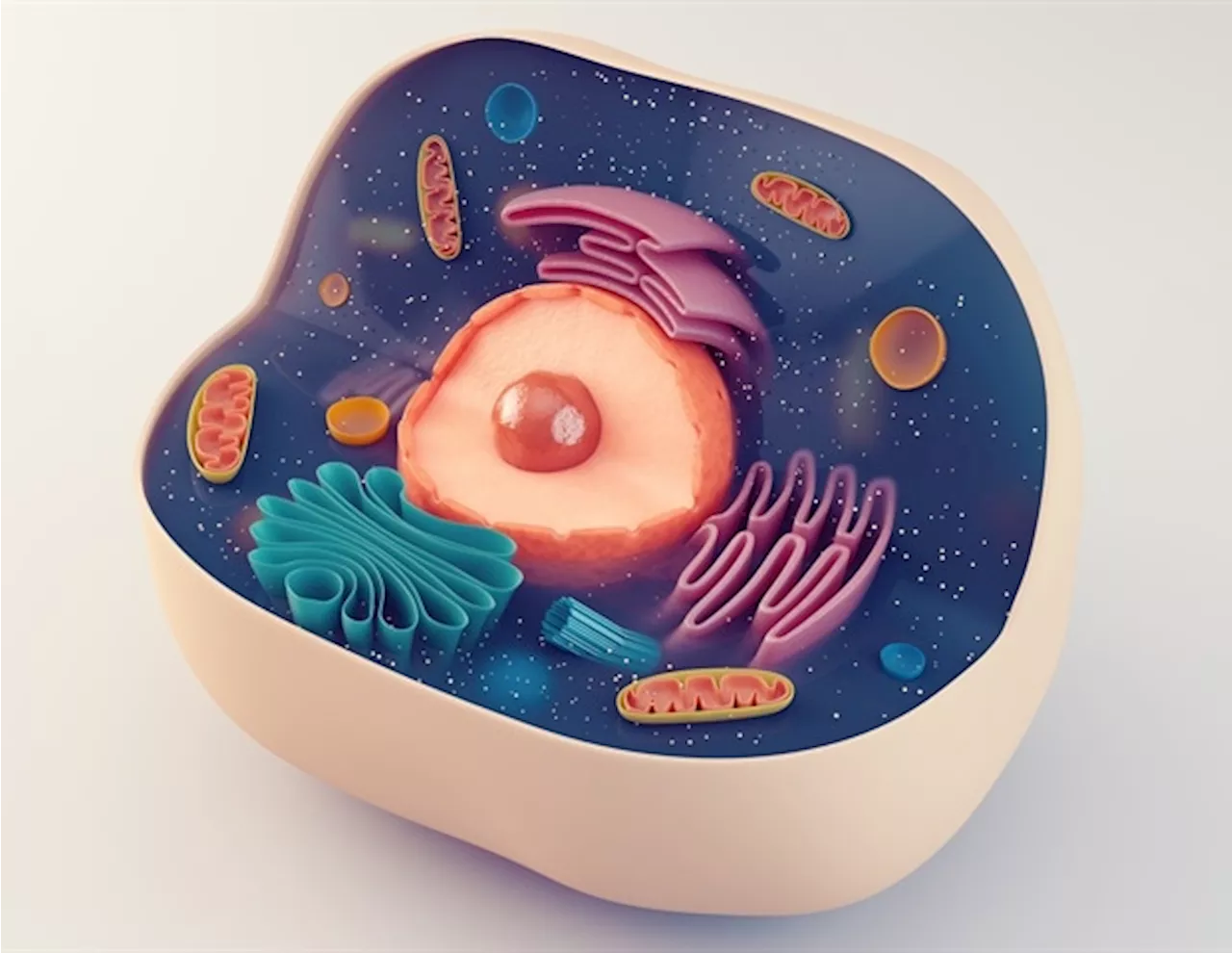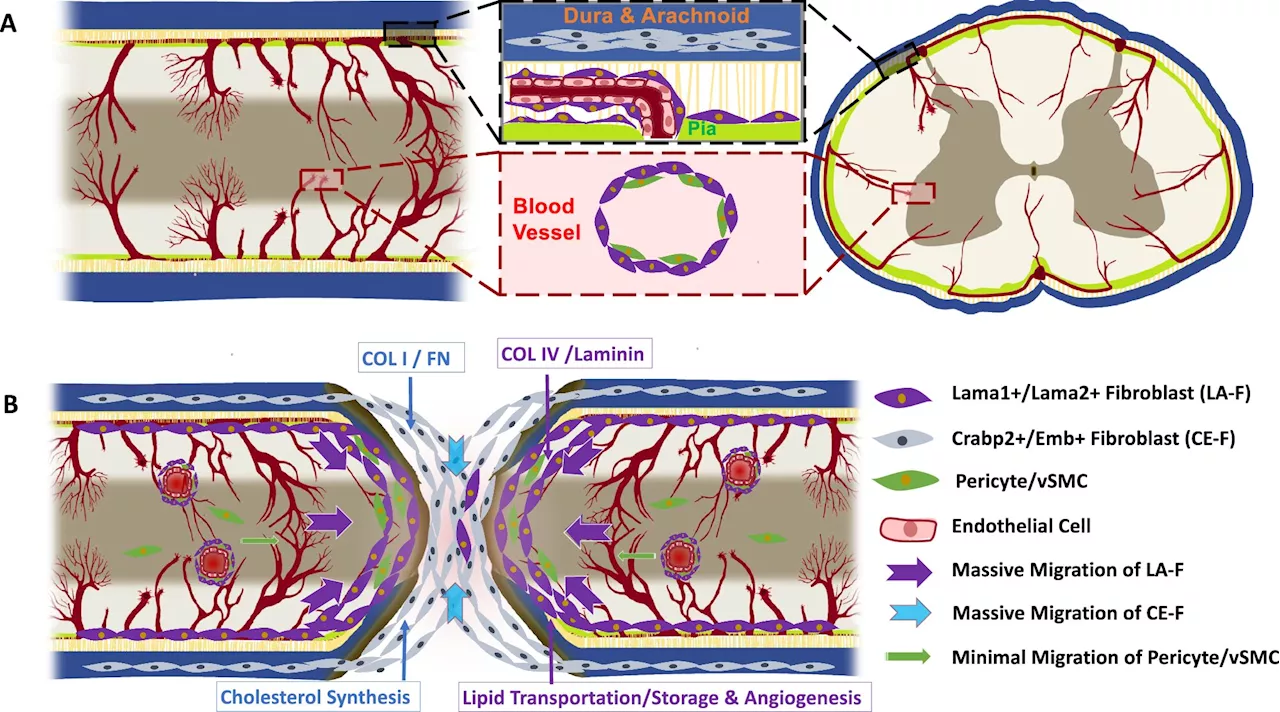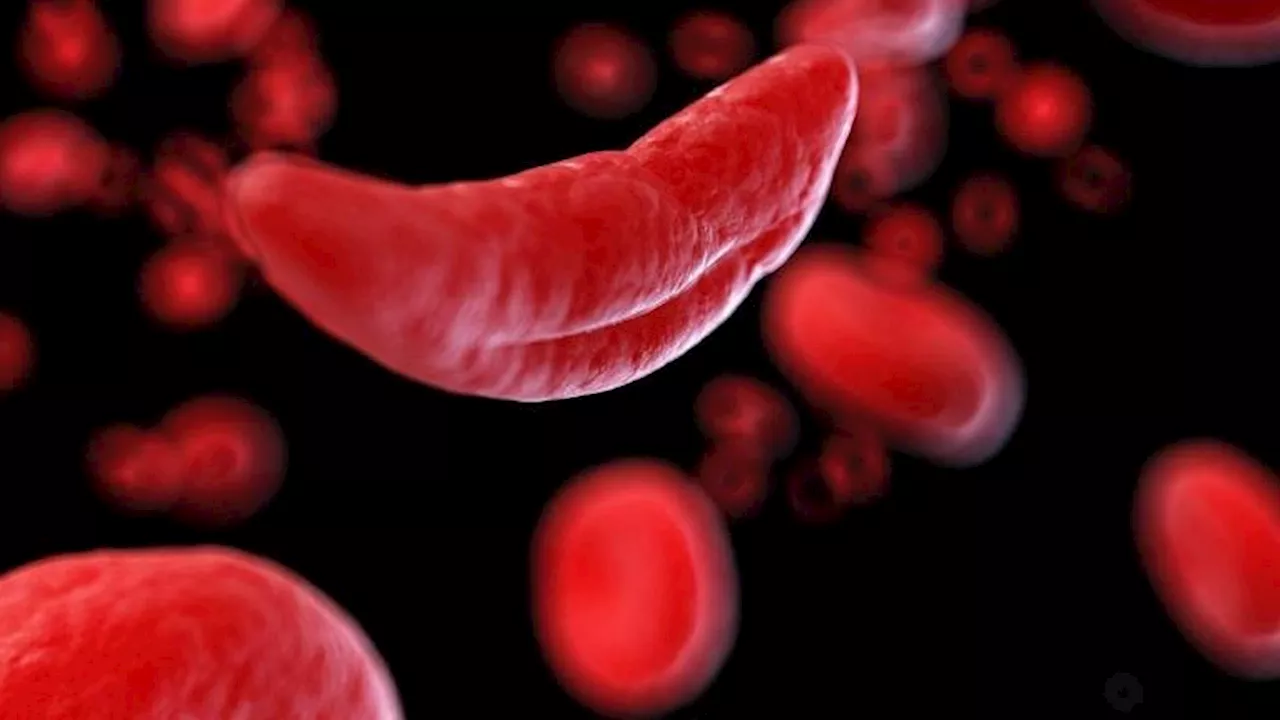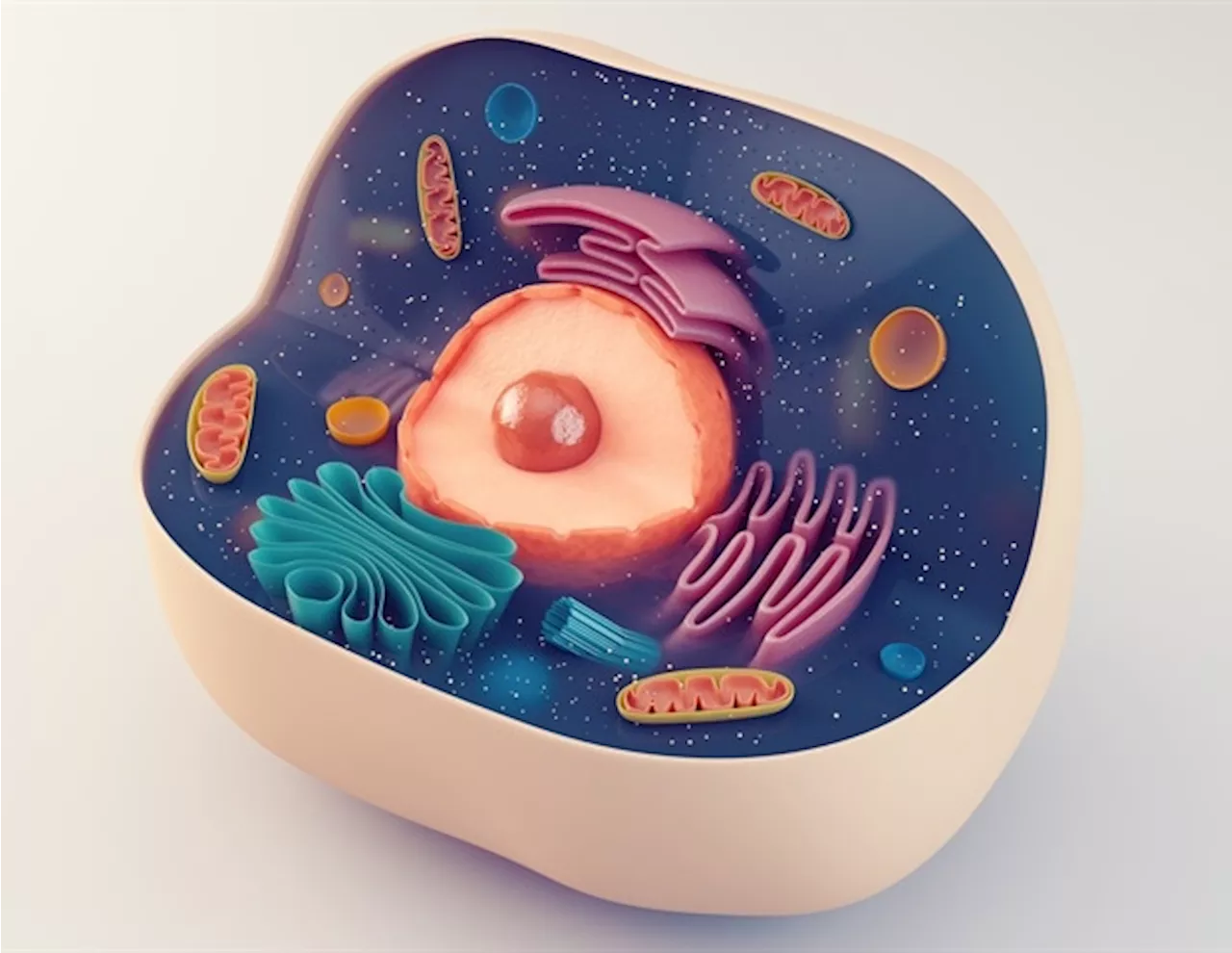RNA is expelled from cells via cell death or active release, and can then find its way into blood plasma. A Cornell University-led collaboration has developed machine learning models that use these cell-free molecular RNA dregs to diagnose pediatric inflammatory conditions that are difficult to differentiate.
Cornell UniversitySep 9 2024
Inflammatory diseases are a particular threat to children because the symptoms – such as fever and rash – are generic, and the patients often get misdiagnosed. If not properly treated, MIS-C can cause swelling in the heart, lungs, brain and other organs. Similarly, KD – the primary cause of acquired heart disease in children – can lead to cardiac aneurysms and heart attack.
The findings stem from a previous collaboration that began four years ago and used next-generation sequencing to characterize the severe cases of COVID-19 and MIS-C in children that spiked during the pandemic. Initially, De Vlaminck and Loy were focused on the potential of using cell-free DNA to investigate the diseases, but they found themselves increasingly interested in cell-free RNA, because of the rich information content it provides.
Beyond developing an accurate model for diagnosis, the researchers also demonstrated that cell-free RNA sequencing can be used to quantify injury to specific tissues and organs, including the liver, heart, endothelium, nervous system and the upper respiratory tract.
Blood Cell Cell Death Children DNA Fever Heart Kawasaki Disease Liver Machine Learning Rash RNA Syndrome
United Kingdom Latest News, United Kingdom Headlines
Similar News:You can also read news stories similar to this one that we have collected from other news sources.
 RNA Therapeutics Core launches at Mass General Brigham to boost circular RNA researchThe Mass General Brigham Gene and Cell Therapy Institute (GCTI) today announced it has launched the RNA Therapeutics Core, a first-of-its-kind, state-of-the-art facility and resource to advance the use of RNA technologies within and beyond the Mass General Brigham research ecosystem.
RNA Therapeutics Core launches at Mass General Brigham to boost circular RNA researchThe Mass General Brigham Gene and Cell Therapy Institute (GCTI) today announced it has launched the RNA Therapeutics Core, a first-of-its-kind, state-of-the-art facility and resource to advance the use of RNA technologies within and beyond the Mass General Brigham research ecosystem.
Read more »
 Single-cell RNA sequencing reveals heterogeneity in fibrotic scars after spinal cord injuryMyofibroblasts generate fibrotic scars after spinal cord injury (SCI). This is typically regarded as an impediment to nerve regeneration. Understanding the heterogeneous characteristics of fibrotic scars might help to develop strategies for remodeling fibrotic scars after SCI.
Single-cell RNA sequencing reveals heterogeneity in fibrotic scars after spinal cord injuryMyofibroblasts generate fibrotic scars after spinal cord injury (SCI). This is typically regarded as an impediment to nerve regeneration. Understanding the heterogeneous characteristics of fibrotic scars might help to develop strategies for remodeling fibrotic scars after SCI.
Read more »
 The surprising role of RNA in immune interactionsIn a groundbreaking exploration of cell surface biology, Ryan Flynn has uncovered a surprising role for RNA outside the confines of the cell. Flynn's research, which focuses on the biology of cell surface RNA, led to the discovery that certain RNAs are chemically linked to glycans-;complex carbohydrate polymers found on the cell surface.
The surprising role of RNA in immune interactionsIn a groundbreaking exploration of cell surface biology, Ryan Flynn has uncovered a surprising role for RNA outside the confines of the cell. Flynn's research, which focuses on the biology of cell surface RNA, led to the discovery that certain RNAs are chemically linked to glycans-;complex carbohydrate polymers found on the cell surface.
Read more »
 'Low-intensity' blood stem cell transplants for sickle cell appear safe for lung healthSo-called low-intensity blood stem cell transplants, which use milder conditioning agents than standard stem cell transplants, do not appear to damage the lungs and may help improve lung function in some patients with sickle cell disease (SCD), according to a three-year study of adults who underwent the procedure at the National Institutes of...
'Low-intensity' blood stem cell transplants for sickle cell appear safe for lung healthSo-called low-intensity blood stem cell transplants, which use milder conditioning agents than standard stem cell transplants, do not appear to damage the lungs and may help improve lung function in some patients with sickle cell disease (SCD), according to a three-year study of adults who underwent the procedure at the National Institutes of...
Read more »
 Benefits of less intensive stem cell transplants for sickle cell diseaseSo-called low-intensity blood stem cell transplants, which use milder conditioning agents than standard stem cell transplants, do not appear to damage the lungs and may help improve lung function in some patients with sickle cell disease (SCD), according to a three-year study of adults who underwent the procedure at the National Institutes of...
Benefits of less intensive stem cell transplants for sickle cell diseaseSo-called low-intensity blood stem cell transplants, which use milder conditioning agents than standard stem cell transplants, do not appear to damage the lungs and may help improve lung function in some patients with sickle cell disease (SCD), according to a three-year study of adults who underwent the procedure at the National Institutes of...
Read more »
 Cell therapy commercialization: Streamline your path to cell therapy commercializationMoving your cell therapy clinical trial beyond Phase I is an exciting time, marking a significant milestone. There are many therapeutic developers working to address critical patient needs in oncology, auto-immune, regenerative medicine, and other spaces.
Cell therapy commercialization: Streamline your path to cell therapy commercializationMoving your cell therapy clinical trial beyond Phase I is an exciting time, marking a significant milestone. There are many therapeutic developers working to address critical patient needs in oncology, auto-immune, regenerative medicine, and other spaces.
Read more »
